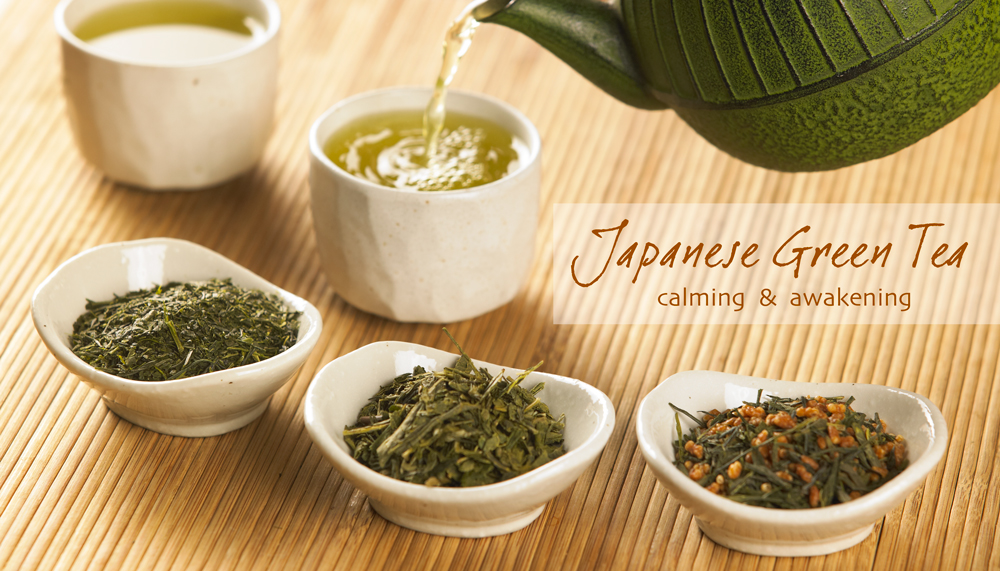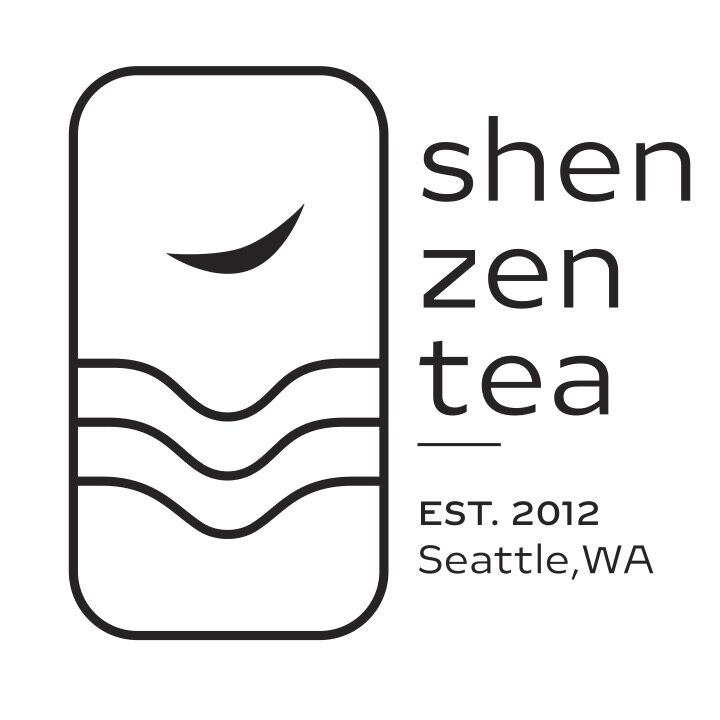 Japanese green teas are delicate works of art with a fascinating history. Green teas were first used in China during the Song Dynasty. The Japanese Buddhist priest, Myōan Eisai, brought green tea to Japan for the first time in 1168 and introduced it as a concoction to aid in the Zen practice of meditation. Myōan Eisai is a very important historical figure in Japan for bringing the practice of Zen Buddhism to the country.
Japanese green teas are delicate works of art with a fascinating history. Green teas were first used in China during the Song Dynasty. The Japanese Buddhist priest, Myōan Eisai, brought green tea to Japan for the first time in 1168 and introduced it as a concoction to aid in the Zen practice of meditation. Myōan Eisai is a very important historical figure in Japan for bringing the practice of Zen Buddhism to the country.
From the start, Japanese green teas were cultivated for the purpose of meditation. The Zen Buddhists drank green tea because it helped them stay awake, focus their minds, and relax their bodies. Today, scientific research has found that green tea, especially Japanese green tea, contains polyphenols, such as catechins, and L-theanines, which induces relaxation and focuses the mind. When L-theanine is combined with caffeine, they work synergistically to enhance mental clarity and stimulate thought.
What makes Japanese green tea different from other green teas is the way it is grown, processed, and prepared. Many Japanese green teas are also grown in marine climate where it is moist and cloudy, which makes the leaves greener. After the leaves are picked, they are steamed to preserve the chlorophyll in the leaves and lightly roasted. They are steeped in lower temperatures for shorter periods of time, since the leaves are so delicate. The liquor of the brew is quite green compared to other green teas. A stronger brew is more bitter however more nutritious and higher in caffeine.
Our Shizouka Zencha is picked in the early spring, and has very creamy and gentle vegetal notes. The creamy notes are described by the Japanese as “umami,” which means “savory.” This flavor is one of the most valued flavors in the tea community. The word “sencha” means “decocted tea,” or “steamed tea” in Japanese. We named our sencha “Zencha,” which translates into “spirit tea” to denote its original use for meditation by the Zen Buddhists. Early season pickings of sencha, like our’s, tend to have more flavor, since the tea plant is dormant during the winter.
Our Kirishima Bancha is picked in the later summer or early fall, making bancha a more mature leaf compared to sencha. This gives the tea a very pleasant woody and robust taste. “Bancha” translates as “course tea” in Japanese, because the leaves are larger and more woody compared sencha. Bancha tends to be more affordable and commonly drank in Japan, because its production has a higher yield than sencha.
Genmaicha is our early spring sencha blended with organic roasted sticky rice. There are two stories that explain how the roasted sticky rice found its way into the green tea. One folklore tells a story about how the old Japanese Zen Buddhist would cook their rice and boil their water for tea in the same vessel. When villagers came to the monastery to pray, they would drink the monastery’s tea and find that it had a very distinct roasted flavor. They later discovered that overcooked rice was stuck to the bottom of the cooking vessels, which added flavor to the green tea. So, villagers began to add roasted sticky rice to their green tea to recreate the spiritual experience they had in the monastery.
The alternative story for the origins of Genmaicha states that the Japanese put the roasted sticky rice into green tea during World War II to increase the volume of tea. Thus, it was nicknamed “the people’s tea” because it was more common and affordable to drink than sencha or bancha. Genmaicha is also consumed for spiritual or religious reasons during periods of fasting to help lower one’s appetite.

Do you know where i can buy organic green tea?
Do you know Larry Murphy? Zen Dog Tea House? I don’t think his tea is organic. Organic tea is hard to find. Can you help me out here?
Stan
Hey Stan,
Shen Zen Tea sells several varieties of organic green tea at the Fremont Sunday Market each week. You can also purchase them online here. The benefit of finding us is that you can sample any of our teas free of charge. Please don’t hesitate to reach out to us anytime. We are also on facebook.
Thanks,
James